Steven Spielberg’s “Jaws” took classic Hollywood to a whole new level and refurbished the face of adventure movies. But behind all that stellar achievements and recognition, there were countless moments of pain and flaws.
A young Steven Spielberg barely in his mid-twenties did not think much of making a movie adaptation of Peter Benchley’s book, “Jaws,” when producers Richard Zanuck and David Brown first contacted him to get on the film project.
However, Spielberg brought in his expertise into what became one of the most legendary movies and the backstories show that “Jaws” almost ended Spielberg’s career. Check out ten interesting facts from the set of the 1975 blockbuster.
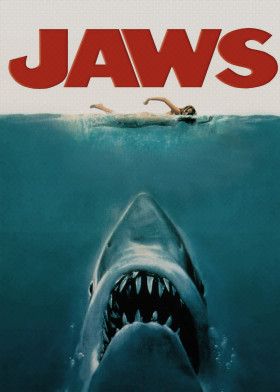
The Producers Initially Thought Of Training Real Sharks
After Zanuck and Brown bought the rights to “Jaws,” they decided bringing in real sharks would be the game-changer. The pair intended to train the sharks to work with actors without harming them. However, this proved to be more challenging and expensive than the mere thought of it.

Spielberg Sought Accurate Realism
Spielberg thought since he was getting on the project, he might as well make it worthwhile. The then-blooming director wanted undiluted realism, so he took his film crew on the ocean and filmed “Jaws.”
This became the first adventure movie to be shot on the ocean. So it is safe to say that Spielberg paved the way. But the unique method came with its fair share of disadvantages.
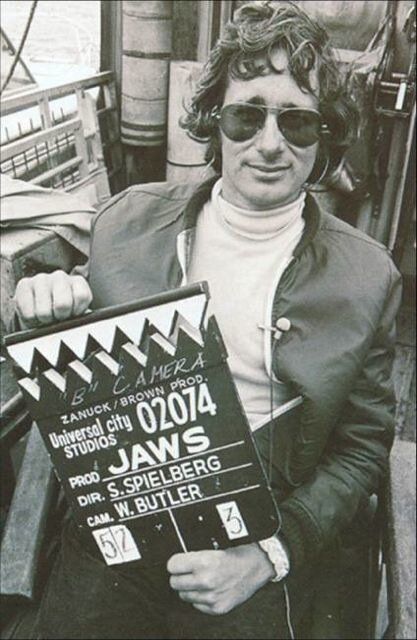
The Great White Shark Had Many Issues
The co-producers resorted to using a mechanical shark to film, but there were lots of side effects. For one, the shark kept sinking and even broke down a couple of times, which almost always required fixing.
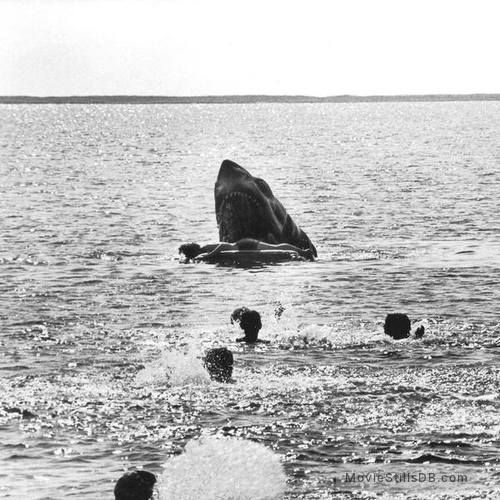
The Film Crew Winged It When It Came To The Script
Benchley wrote the book, and he was also in charge of writing the script. It turned out that his writing expertise did not extend to script-making. His attempt did not give the expected result, and the crew had to fix the script in an alternative but challenging way.
The producers got other writers who tried to patch it up. The ideas that came together were so random and were created during meal breaks. Scriptwriter Carl Gottlieb attempted to revive the script on location after many rejected it despite the promise of credited rewrites.
Two Of “Jaws” ‘s Cast Members Were At LoggerHead
Robert Shaw and Richard Dreyfuss were two of the main actors who set sail according to the plot to hunt and kill the shark. In the movie, Shaw played Quint, while Dreyfuss was Hooper, and they were opposites despite having the same interests.
Hopper was a young oceanographer, while Quint was a local fisherman who bragged that he would be able to catch the shark for $10,000. The pair developed conflict because of their different methods and pure rivalry.
However, it turned out that Quint and Hooper’s estranged relationship transcended to their real-life rift. Shaw was said to often push Dreyfuss over the edge with his words while humiliating him on set.
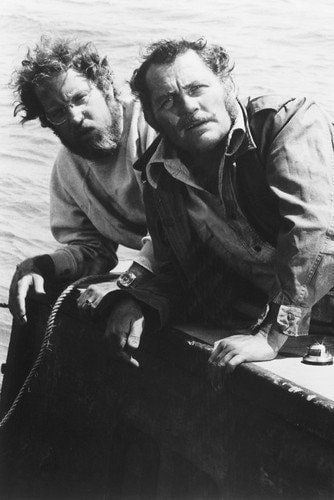
Spielberg Was Quite Wary When Filming Was On
Steven Spielberg’s yacht that he recently sold is one of the many luxury items he came to own after “Jaws” proved to be the stepping stone in his directing career. However, success was far from Spielberg’s mind in 1975 when he filmed the movie.
A list of things went wrong and the “Empire Of The Sun” director thought he would quit filmmaking by the end of the movie. As “Jaws” continued to progress, the original was displaced and in its place was a bigger budget. Spielberg simply thought it was a disaster.
The Shark In “Jaws” Was Named Bruce
The great white shark was named Bruce, and the moniker stuck through all the sequels of “Jaws.” The shark in “Finding Nemo”‘ was also named Bruce to honor “Jaws.”
Bruce was quite skeptical when the mechanical shark failed many times, and he kept telling Spielberg it would not work. However, Bruce and the shark seemed to be on the same page that the crew decided to name it after him.
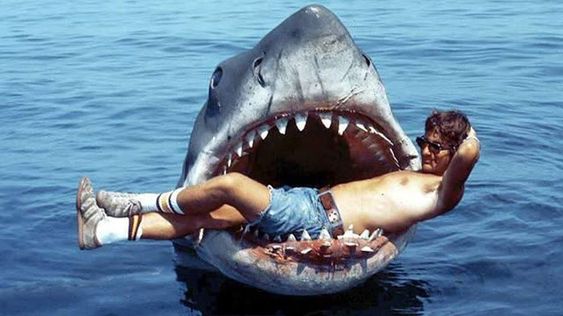
Spielberg’s Pal, George Lucas, Was Once Stuck Inside The Shark
George Lucas, a good pal of Spielberg’s, visited him on set and happened to arrive at the time the technical team was trying to fix the shark. Being a tech enthusiast himself, Lucas decided to lend a helping hand, but the shark’s teeth clasped him in, and he was stuck.
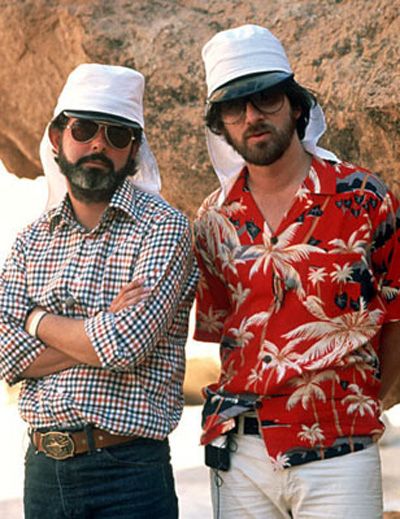
Hooper Was Supposed to Die At The End
When the shark-hunting team, including Quint, Hoop, and Police chief Martin Brody, sought to end the menace, they were viciously attacked. The script pronounced Hooper’s death, but at the end, Spielberg decided to bring in an actual shark.
Some divers served as body doubles, and according to the plot, Hooper was supposed to inject the great fish lethally. However, after the real shark was caged, it violently fought the barriers, and Hooper had to be let out at the last minute.

